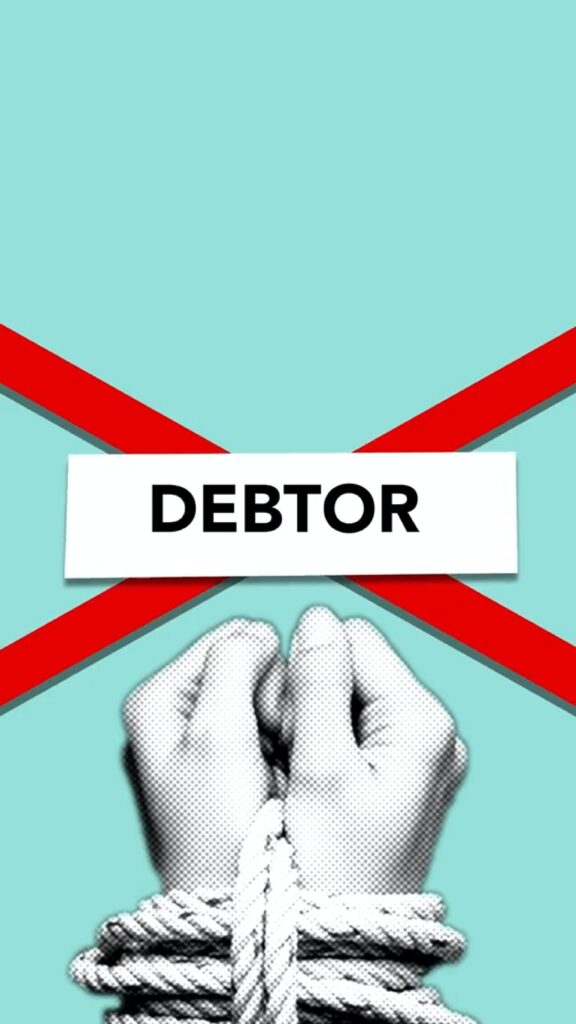When it comes to financial health, a credit report with collections accounts can feel like a heavy burden. Debt collectors, like Credence Resource Management, can cast a shadow on your credit score, making it hard for you to get a loan, a mortgage or even a credit card. Maybe your financial decisions of the past were not the best, or maybe you had surprise circumstances that made it difficult to keep up with bills. But your past financial life doesn’t have to dictate your future. If you want to rebuild your credit, rest assured it is possible. This article is your guide to learn how to remove Credence Resource Management from your credit report, step by step.

Who Is Credence Resource Management?
Credence Resource Management is like a middleman in the world of debt collection. They are based in Dallas, TX and have been in business since 1988. They work with companies to increase their cash flow– which really means collecting on debts that companies had written off.
This debt collector may use annoying methods, like repeated calls or letters, to get in touch with you if you. But they are a legitimate collections company, and you should respond to their attempts to contact you. This doesn’t mean you need to pay them any money until you’ve read how to deal with this collector. Remember, you don’t even know that the account they claim is yours belongs to you. We’ll explain below how to verify the debt is actually yours.
Who Does Credence Resource Management Collect For?
Credence Resource Management is like a middleman in the world of debt collection. They work with various creditors, like telecom, television, retail, insurance companies and credit card companies. If you have an old debt with one of these companies, like an unpaid phone or electric bill from years ago, it’s possible that Credence Resource Management will contact you to collect the debt.
Credence, and all other debt collectors have rules they must abide by when collecting a debt. These rules are set out in the Fair Debt Collection Practices Act, and you can read about them here. For example, they may not call you at hours that are bad for you, or before 8am or after 5pm. They may not harass you at work, or threaten you in any way. If a collector violates these rules, file a complaint with the Consumer Finance Protection Bureau.
The Starting Point: Verify If the Debt Is Yours
Consumers have a right to debt validation before they consider paying the debt. To validate the debt belongs to you, mail this debt validation letter template to Credence. Remember, you need to do this within 30 days of their contact with you. Then, in turn, they have to respond to you within 30 days showing proof in their records that you are the owner of the account.
Mail the letter by USPS certified mail to: Credence Resource Management
P.O. Box 2300
Southgate, MI 48195-4300
After Debt Validation: Dispute the Debt
When Credence sends you a debt validation, look for errors in the report. First of all, did you own this debt? Who was the original creditor and did you actually have an account with them? It is important to know that identity theft is common, and often debt collectors have not verified the identity of the account owner.
Check for other inaccuracies in the report:
- Did you pay off the debt previously?
- Is the amount they claim you owe correct?
- Is the debt past the statute of limitations in your state (usually a time period older than 7 years)
If any of these are wrong, you can dispute the debt and ask them to remove the collections account.
To dispute the debt, download our free collection dispute template and mail the dispute to Credence. In addition to Credence, mail the dispute to the three credit bureaus– Equifax, TransUnion and Experian– and ask them to remove this account from your credit history because it is inaccurate.
Negotiate a Pay-For-Delete Agreement
When it comes to tackling collections accounts, the “pay-for-delete” strategy is like a bit of a game. It requires a convincing “pitch” from you to get Credence accept this offer. It works like this: negotiate with the debt collector to pay a portion of the debt in exchange for removing the negative mark from your credit report. However, understand that not all creditors are open to this arrangement, so be prepared for potential push back. It is worth a try, however, to remove this from your credit.
Download this helpful Pay to Delete PDF Template from CambioMoney if you want to negotiate. If they agree to this, and do not pay until you have the agreement in writing. You can also download the CambioMoney app for help if you don’t want to negotiate on your own.

Moving Past Bad Credit History
In the world of credit, every positive step is important, especially when you’re working your way from a rocky credit past to a smoother financial road. Facing collections accounts head-on, such as those handled by Credence Resource Management, is a major way you can reclaim your financial freedom. By validating debts, negotiating strategically, and maintaining open communication, you’re moving ahead and rewriting your credit story.
Remember, you’re not alone on this journey. In addition to the resources linked here, Cambio can help by working with collectors for you if you choose. There is more than one path to debt resolution, and you can get through tough collections situations. Stay determined and keep the plan in hand, you’re well on your way to remove Credence Resource Management from your credit report


